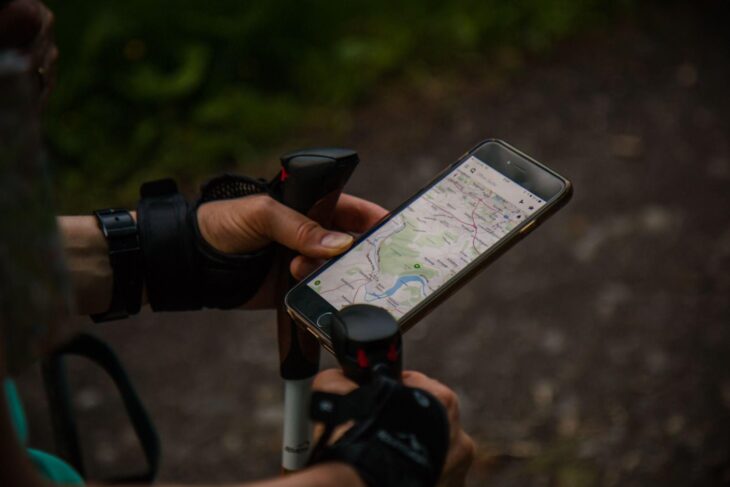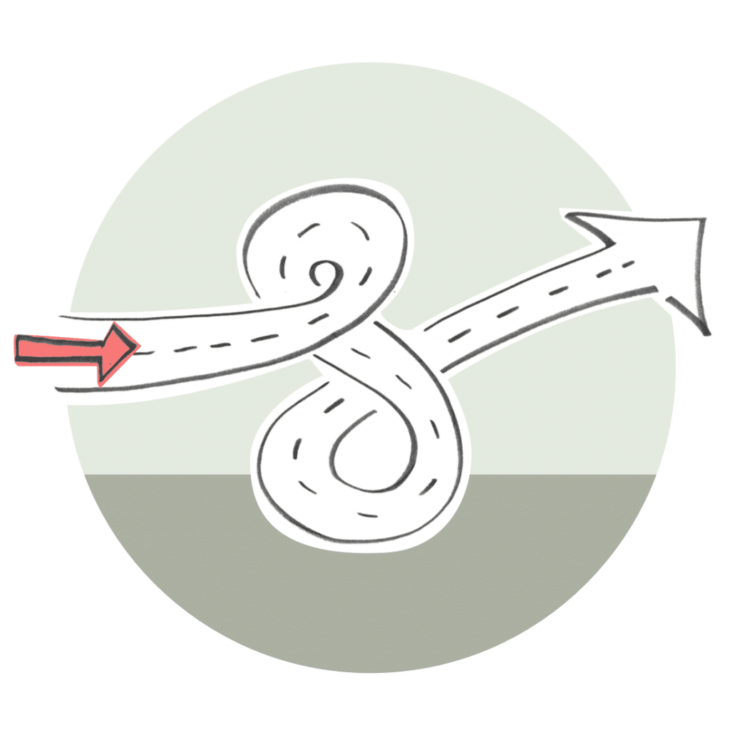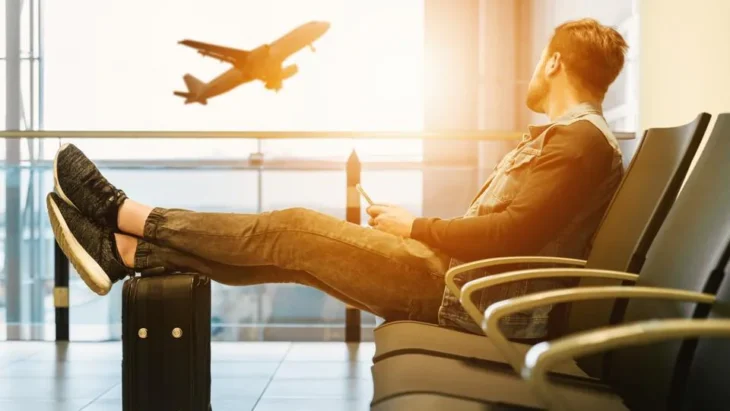Route planning is a critical component of your trip preparations and should not be overlooked. Your road vacation will be hassle- and stress-free if you follow these steps carefully and thoroughly. Apps for route planning assist you in calculating the distance between your current location and your destination.
This information is crucial since it allows you to plan for the prices of gasoline, oil, and toll fees. The number of passengers who are educated with route planning apps, on the other hand, is relatively small. Here’s an explanation of how route planning applications work to assist others in understanding.
Contents
- 1. Understanding the operation of route planning apps
- 2. When traveling, there are several advantages to using route planning apps
- 3. Increased number of optimal routes
- 4. More efficient route planning
- 5. Travelers would have a more productive time
- 6. Decreased travel time and mileage expenses
- 7. Traveling without stress
- 8. Make time for yourself
1. Understanding the operation of route planning apps
An effective route planning tool seeks to determine the quickest and most efficient route from one location to the next. However, as you increase the number of stops and the various routes you create, the complexity quickly escalates. Route4me is a great example of a basic route planner.
If you’re visiting a new city for the first time, doing errands, or just stopping by a friend, Google Maps can help you find the best route to your destination. Once travelers have been given particular directions and routes, they can reduce their time on the road.
In the eyes of travelers, it’s only the tip of the iceberg when it comes to convenience. Suppose you want to spend less on your gas money, increase productivity, and enjoy more time at your destinations. In that case, you need to be able to design routes with many different stops while taking into account the factors that affect drive time.
2. When traveling, there are several advantages to using route planning apps

As previously said, intelligent route optimization brings tremendous advantages to both businesses and consumers. Using a route planning app when traveling has several benefits listed below.
3. Increased number of optimal routes
You can discover reasonably short routes by hand if you’re routing your car, and time windows aren’t a significant issue in delivery. However, doing so will take some time. Travelers who do not use cloud-based, AI-powered routing apps for their route planning, on the other hand, are less likely to be able to determine the most efficient routes for their entire fleet in a timely way.
If you want to travel, use a route planning tool that can cut through the complexity by using powerful algorithms to determine the most efficient and cost-effective routes. A delivery route optimization program may still be effective even when many intricate elements are at play.
4. More efficient route planning

Source: graphhopper.com
Using manual route planning and navigation applications results in a significant amount of time just identifying the best feasible paths. And, despite the amount of time invested, manual routes will not be the most efficient or cost-effective. An intelligent route planner, in contrast, may provide travelers with the most efficient and cost-effective routes in less than one minute, according to where they are located.
The solution performs sophisticated calculations in seconds, taking into account various factors that impact delivery delays. This may save you or your traveling companion valuable vacation hours, which can be used on other relaxing moments.
It is not just the human route planners and fleet managers that benefit from the time savings. Similarly, travelers would no longer look at a manual map or ask for directions on the road because of these route planning apps.
5. Travelers would have a more productive time
Driving routes optimized for efficiency in terms of time spent on the road and kilometers enable travelers to go to more destinations in the same amount of time throughout their travel. The correct software also means that drivers spend less time reacting to last-minute adjustments in their travel. Its smartphone application serves as a one-stop-shop for the whole delivery route, greatly simplifying the operation from the traveler’s standpoint.
6. Decreased travel time and mileage expenses

Source: timesheets.com
Route optimization will also assist travelers in reducing total driving times and the number of kilometers covered. Naturally, lowering the number of kilometers drivers drive results in significant cost savings.
Because less time spent on the road equates to less need for vehicle maintenance, route optimization also allows travelers to decrease vehicle ownership and maintenance expenses. Reduced time on the road means fewer accidents and hence a safer trip for everyone involved.
7. Traveling without stress
Preparation and the use of a route planning tool may assist in lessening worry and tension if a change in your travel plans occurs at the last minute. When you are faced with a situation where you are diverted from your route, the weather changes, or you find yourself delayed and walking in the dark, knowing what alternate modes of transportation or routes may be available will help you make the most of your trip.
When the weather suddenly changes, or there are delays, having a route planning app would allow you to have alternate options. Whenever possible, avoid paying with cash by paying in advance or using contactless payment methods instead of credit cards or other forms of cash payment.
8. Make time for yourself

Source: hindustantimes.com
What better way to spend your time on the road than to schedule rest breaks and diversions or cram in some last-minute study, work, or exercise. It is important to think about how long the journey will take and if there are places where you can unwind, stretch your legs, have an espresso, or even make a trip to the store along the way.
Use public transportation and check whether there is Wi-Fi or charging outlets to finish any last-minute alterations to a presentation or meet up with your pals along the way if you are utilizing public transportation. Many people plan their journey to squeeze in some physical activity while they’re on the road.
For example, they may take the train for most of the trip, but instead of taking the bus for the last leg, they walk or jog to the university. This implies that you may be able to include physical activity into your everyday routine.
This tool helps with the budgeting process, but it also allows you to determine the shortest distance, driving time, and the optimum time to depart for your trip using your GPS. If you plan a road trip with your family, it is essential to stop at regular intervals, particularly if you have youngsters.
It is also possible to use route applications when you need to locate a restaurant, fast food chains, or tourist stops where you can refuel and stretch your legs.
